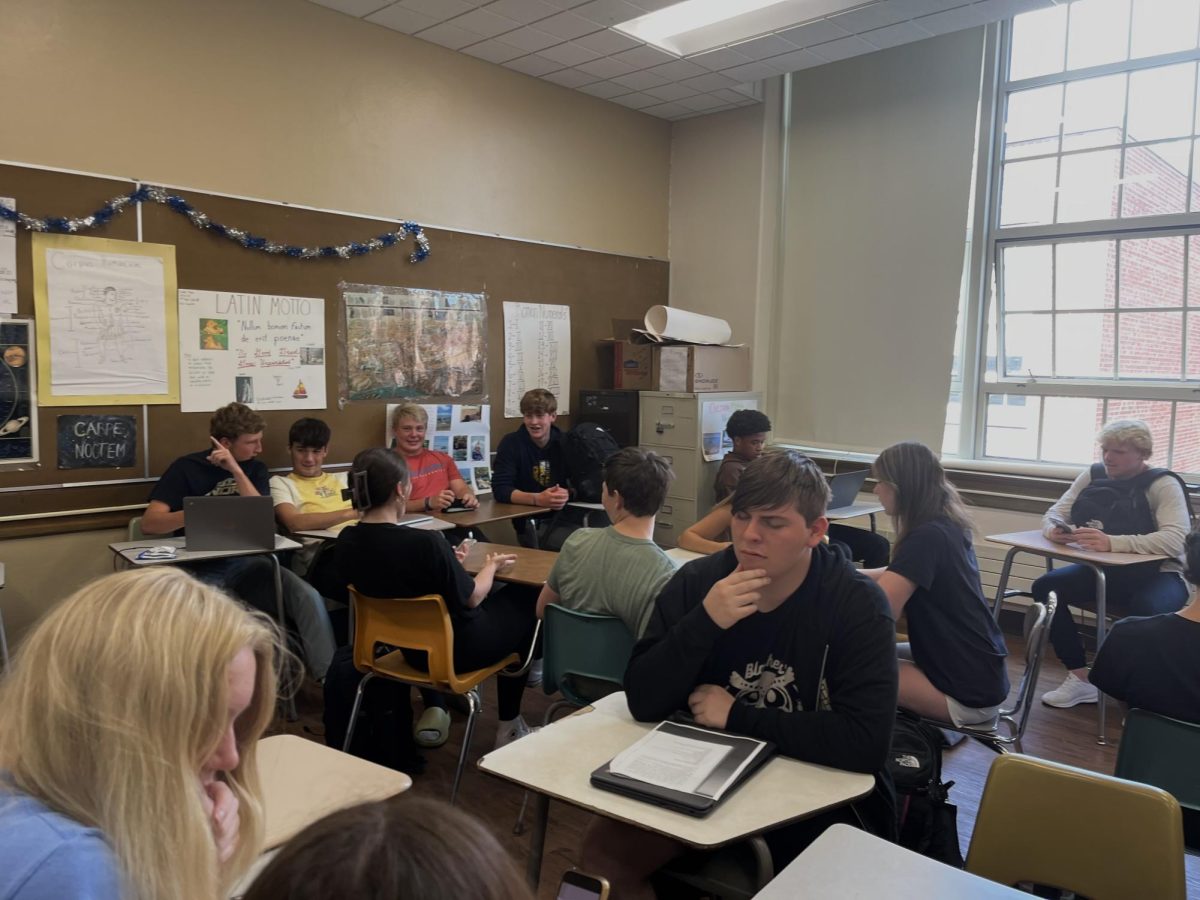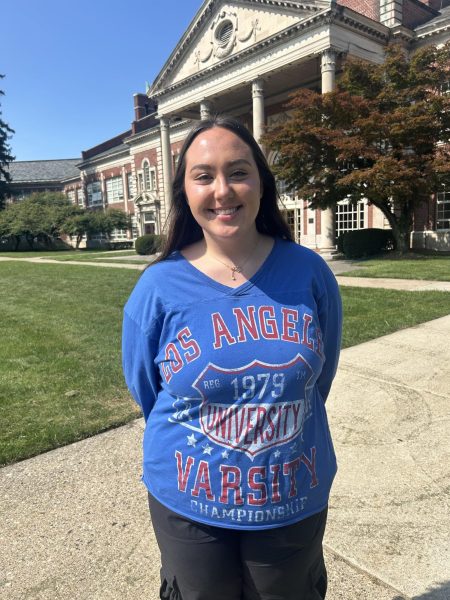Teachers who either have large or smaller classrooms, no matter the amount of students, are still able to convey a teaching style that helps students learn. But this year, as class sizes start to increase, it could be difficult for students’ learning and teachers’ teaching ability. According to Emerald Insight, it is said that students perceive lower levels of teacher interaction and satisfaction in larger classes.
Betsy Bouton ’25 acknowledged that being in larger classes could have either a positive or negative impact on students, herself included. In addition to this, she said that she feels negatively impacted by having larger classes.
“On one hand, having a larger class may not allow for some students to get as much one-on-one time with the teacher if that’s what they need,” Bouton said. “On the contrary, a larger class may offer more ideas to the class and everyone is more likely to have friends in the class, making it more enjoyable and relatable.”
Science Teacher Claire Hart added that having a large class size can affect a student’s learning ability by distracting them from the task at hand.
“Because of larger classes, it can decrease the amount of mastery a class has on certain concepts,” Hart said.
Hart believes that the causes of class sizes increasing affect a student’s ability to learn and commit to the lessons, and students need more assistance.
“There can also be challenges with making deeper connections with each student when classes are larger,” Hart said. “ There is more work that must occur to make sure each student feels like they have a home in the classroom and that they know their teacher personally.”
As students and teachers deal with some of these issues when attending classes, it becomes apparent that class engagement can decrease. Therefore, teachers have to find a way to teach students the best that they can.
In Hart’s classroom, she does all she can to ensure all of her students have a voice. According to Hart, she always makes sure that students are involved with learning and helps build relationships at the same time.
According to English teacher Melanie Lauer’s words, it’s important to change your teaching dynamic so that it can collaborate with the students.
“I tend to provide more direct instruction in a larger class to ensure that everyone is on the same page,” Lauer said. “This means there is usually less room for personal choice/variety, especially when it comes to writing assignments.
English Teacher Melanie Lauer has her largest Power of Language class yet this year, which has made her teaching quality suffer.
“It takes more time to learn names and to get to know everyone, and it takes me longer to grade assignments and to provide feedback,” Lauer said. “We usually move more slowly through the content because there are more individual learning styles and needs that have to be considered.”
Because this results in teachers having to find different wa to teach and adapt to larger classes, students like Ella Hugh ’25 have found easier ways to adjust.
“When I’m confused on a problem, there’s a better chance of my friends being in the same class to help me out,” Hugh said. “I also don’t mind raising my hand to ask for help from the teacher.”
Cindy Parravano, South’s Vice Principal, has noted how classes have increased in size exceptionally and how it’s changed the school’s dynamic.
“With declining enrollment and budget cuts, the number of teaching faculty we have has been reduced,” Parravano said. “We also had several teachers resign towards the beginning of the school year, which caused some class sections to collapse.”
Due to budget cuts, the number of classes students are offered has been limited, and it impacts how to build the schedules. Parravanno has many options that are done to ensure students are placed in required classes and may not be able to give students the classes they want because of the larger classes.
“Any time there are more students in a room, it may create more disruptions,” Parravanno said. “There are more students for the teacher to tend to and there may be less time for teachers to spend one on one with students who need more assistance.”












































































